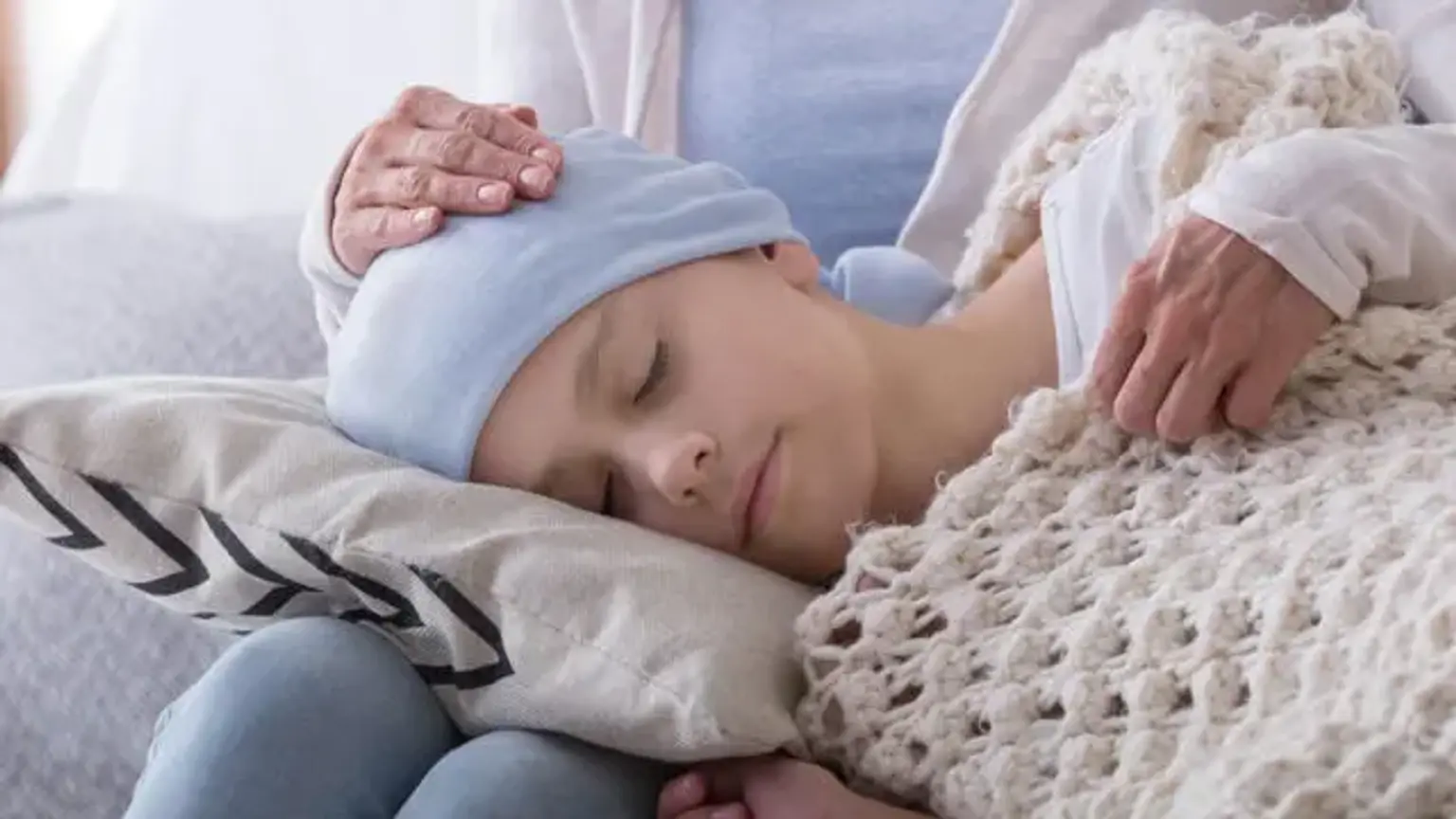Childhood Cancer
Cancer is the second major cause of mortality in children over the age of one year in many nations, behind only accidents. The incidence rate of all malignant tumors in children under the age of 14 is 12 per 100,000. Thankfully, much progress has been made in the management of childhood cancer in latest years, to the point that there are few specialties that can offer therapeutic outcomes similar to pediatric oncology in the previous twenty years.
A good example is an acute leukemia, a condition that was once thought to be invariably fatal but now has sporadic but unsustainable short remissions. Acute lymphoblastic leukemia, the most common childhood cancer, now has a five-year survival rate of more than 75%, indicating that the majority of patients can be cured.
In the treatment of solid tumors, similar advancements have been achieved. When surgery was the main therapy option, two-year survival rates ranged from 5% to 20%, with extremely significant perioperative mortality. Soon after radiation therapy was established as a systematic treatment in pediatric oncology, positive findings in Hodgkin's disease and Wilms' tumor started to emerge. Chemotherapy, on the other hand, started to be used as a last choice for relapses; but, once its efficacy had been shown, it was utilized as a third treatment option, in addition to surgery or radiation therapy. What is certain is that since these approaches have been combined, the long-term survival of children with cancer has increased dramatically.
As a result of this achievement, new standardized clinical procedures have been developed, allowing researchers to resolve doubts and choose the most suited recommendations for each neoplasm and, more significantly, each patient's unique condition.
